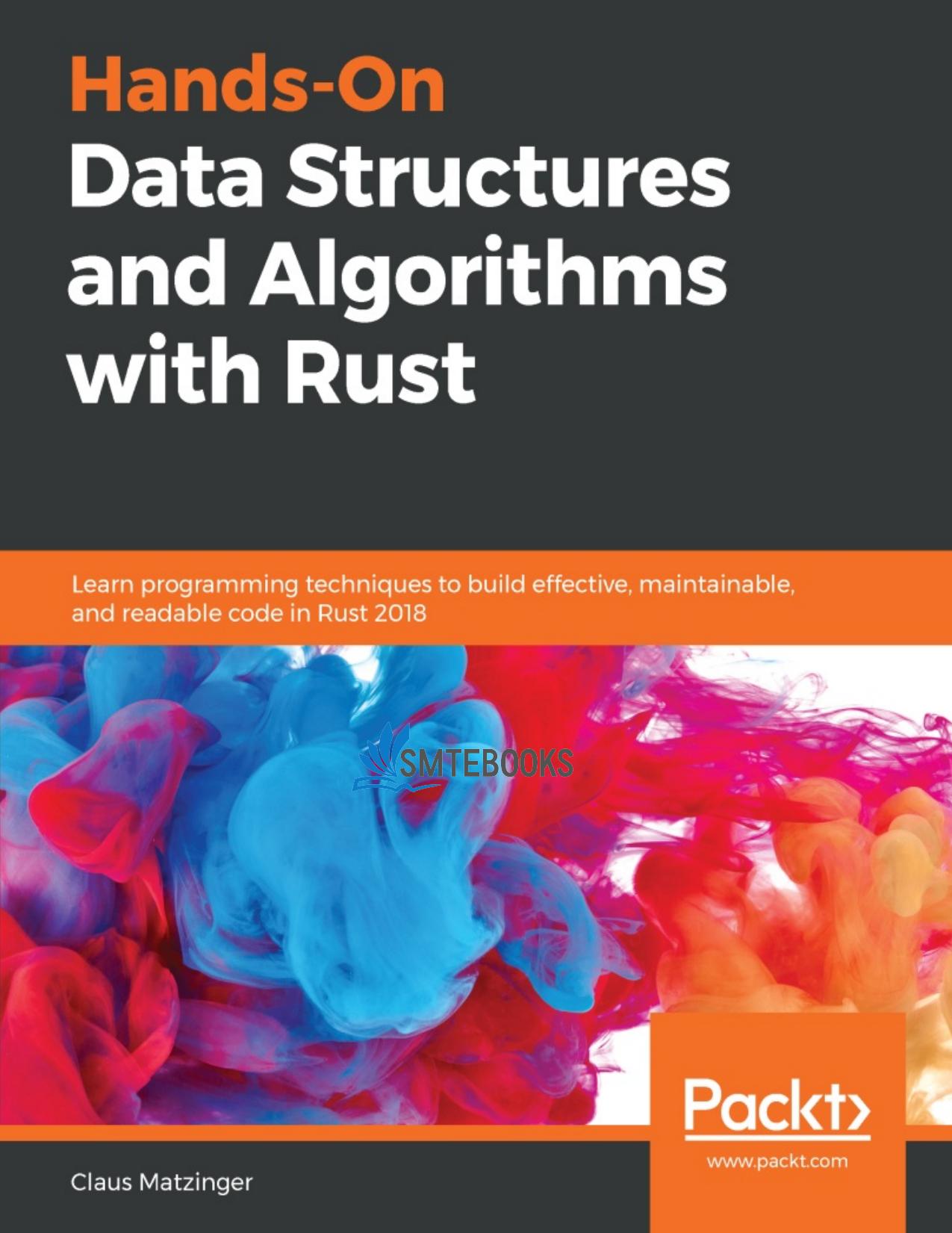Hands-On Data Structures and Algorithms with Rust by Claus Matzinger

Author:Claus Matzinger
Language: eng
Format: epub, pdf
Tags: COM051070 - COMPUTERS / Programming Languages / C++, COM051220 - COMPUTERS / Programming / Parallel, COM051000 - COMPUTERS / Programming / General
Publisher: Packt Publishing
Published: 2019-01-24T07:08:26+00:00
The tree's downsides are few.
Downsides
Absolute performance depends significantly on the tree's order; other than that, this tree does not have many downsides.
Graphs
In their most generic form, trees are graphs—directed, acyclic graphs. A general graph can be described as a collection of connected nodes, sometimes referred to as vertices, with certain properties such as whether cycles are allowed. The connections between those also have their own name: edges. These edges can have certain properties as well, in particular, weights and directions (like one-way streets).
By enforcing these constraints, a model can be built that, just like trees, reflects a certain reality very well. There is one particular thing that is typically represented as a weighted graph: the internet. While, nowadays, this might be an oversimplification, with various versions of the Internet Protocol (IPv4 and IPv6) and Network Address Translation (NAT) technologies hiding large numbers of participants online, in its earlier days, the internet could be drawn as a collection of routers, computers, and servers (nodes) interconnected with links (edges) defined by speed and latency (weights).
The following diagram shows a random, undirected, unweighted graph:
Download
Hands-On Data Structures and Algorithms with Rust by Claus Matzinger.pdf
This site does not store any files on its server. We only index and link to content provided by other sites. Please contact the content providers to delete copyright contents if any and email us, we'll remove relevant links or contents immediately.
Deep Learning with Python by François Chollet(12571)
Hello! Python by Anthony Briggs(9916)
OCA Java SE 8 Programmer I Certification Guide by Mala Gupta(9796)
The Mikado Method by Ola Ellnestam Daniel Brolund(9778)
Dependency Injection in .NET by Mark Seemann(9340)
Algorithms of the Intelligent Web by Haralambos Marmanis;Dmitry Babenko(8298)
Test-Driven iOS Development with Swift 4 by Dominik Hauser(7763)
Grails in Action by Glen Smith Peter Ledbrook(7696)
The Well-Grounded Java Developer by Benjamin J. Evans Martijn Verburg(7557)
Becoming a Dynamics 365 Finance and Supply Chain Solution Architect by Brent Dawson(7076)
Microservices with Go by Alexander Shuiskov(6843)
Practical Design Patterns for Java Developers by Miroslav Wengner(6764)
Test Automation Engineering Handbook by Manikandan Sambamurthy(6703)
Secrets of the JavaScript Ninja by John Resig Bear Bibeault(6413)
Angular Projects - Third Edition by Aristeidis Bampakos(6108)
The Art of Crafting User Stories by The Art of Crafting User Stories(5638)
NetSuite for Consultants - Second Edition by Peter Ries(5570)
Demystifying Cryptography with OpenSSL 3.0 by Alexei Khlebnikov(5375)
Kotlin in Action by Dmitry Jemerov(5063)
